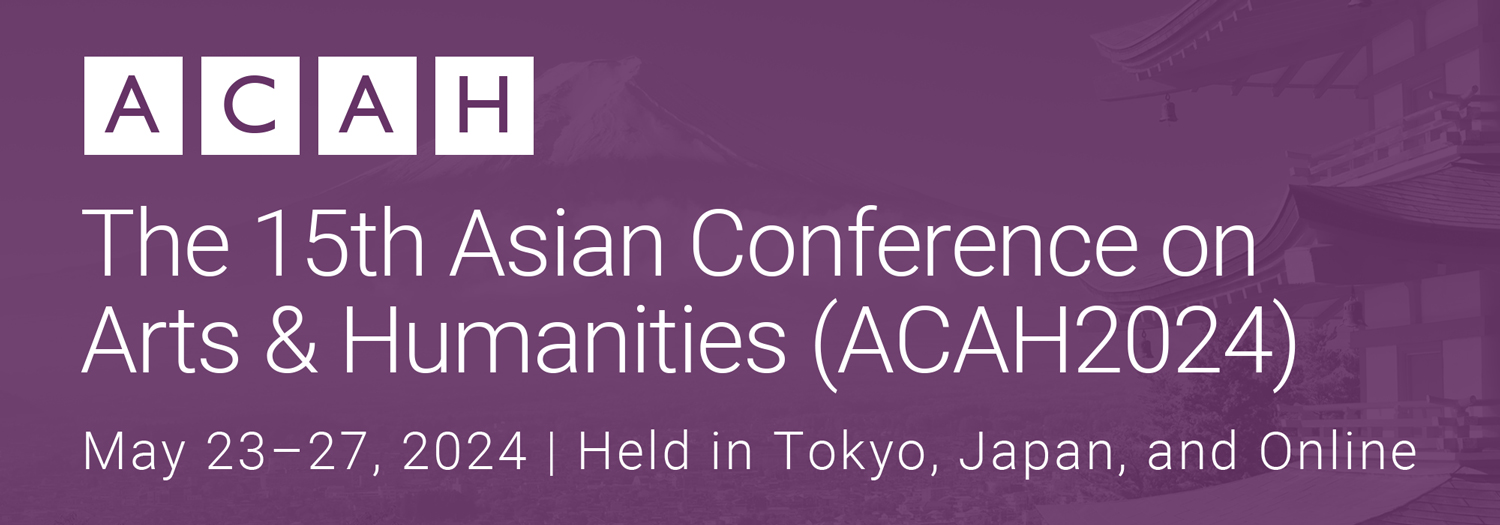People’s Party Never Died: The Reuse of Constitution Monuments and Rituals as Political Tools by Thai Pro-Democracy Movements in 2023 (81200)
Session Chair: Chaipat Ngambutsabongsophin
Saturday, 25 May 2024 10:45
Session: Session 1
Room: Room 705
Presentation Type: Oral Presentation
Monuments are significant apparatuses for consolidating and advocating ideologies and integrating with rituals for constructing meanings and memories, and the Constitution monuments built in Thailand with Constitution Day ceremonials during the People’s Party era are no exception. The People’s Party shaped a new Thai political ideology in 1932 by introducing the Constitution and transforming the absolute monarchy regime into a constitutional monarchy. They communicated this ideology to the public by creating Constitution monuments around Thailand with rituals on 10 December as Constitution Day to illustrate and propagate this new political ideology. These became a new significant event and national monument of this era, representing a constitutionalist ideology. After the end of the People’s Party and the return of monarchical power in the late 1950s, these monuments and ceremonials were forgotten and cancelled because they became obstacles to the later conservative governments. However, those monuments that remained and Constitution Day events were reused by Pro-Democracy groups in the 21st Century as pivotal symbols for commemorating meaning and memories of the People's Party's period, the fruitful Democracy period, and the Constitution. The paper investigated and traced the reuse of the People’s Party’s Constitution Monuments in Bangkok and provincial Thailand with Constitution Day ceremonials in 2023 by researching archival and documentary data and site observations. Researchers argued that Constitution Monuments and Constitution Day’s ceremonials become political tools for pro-democracy movements, demonstrating their significance as symbolic structures for democratic ideals in the face of conservative governments attempting to remove them as obstructions.
Authors:
Chaipat Ngambutsabongsophin, Swinburne University of Technology, Australia
Flavia Marcello, Swinburne University of Technology, Australia
About the Presenter(s)
Chaipat Ngambutsabongsophin is a PhD Candidate at the Centre for Transformative Media Technologies, Swinburne University of Technology, Australia
See this presentation on the full schedule – Saturday Schedule





Comments
Powered by WP LinkPress